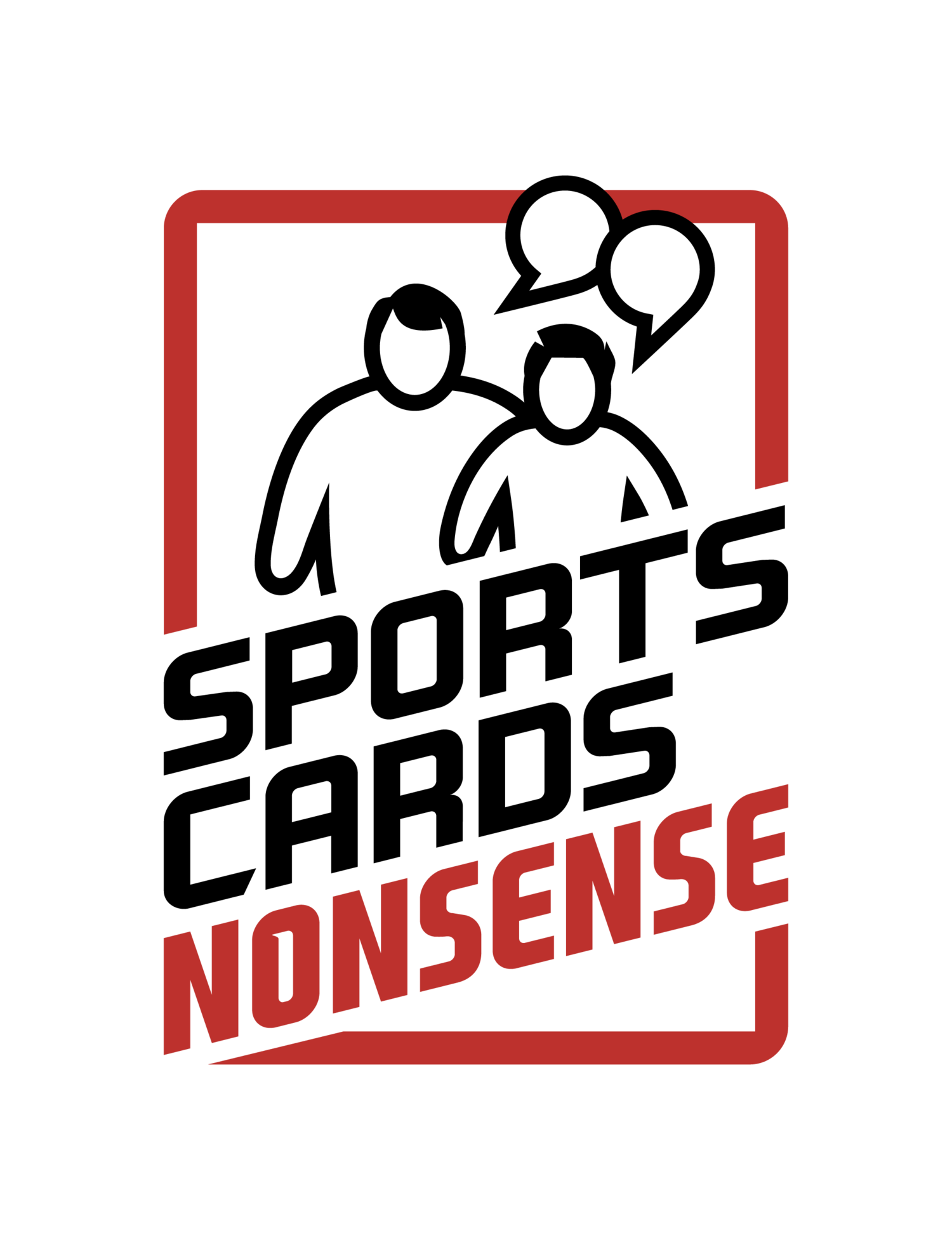How to Sell Cheap Cards: A Half-Baked Idea
I’m dealing with an issue that most collectors have: how to sell cards that are worth less than $10. Most collectors have hundreds or thousands of dollars of cheaper cards that, while they have value, are just about impossible to sell. I’ve been thinking about this a lot as I dump lots of cards for cheap on Blowout and I’ve got a half-baked idea on how to fix this issue.
MTG Provides Guidance
Stay with me, I promise this article isn’t about MTG. I tried to get back into Magic: the Gathering, but while I’m still collecting their pop-culture offerings, the game just didn’t hold my interest. A large box of MTG cards sat in the corner of my room for a few months silently mocking me over the foibles of revisiting childhood interests. I sold a few cards, but most of mine were between $.50 and $10 and it was slow going for pennies and I had stopped trying. In walks Card Conduit into my life via a well-timed Facebook ad.
Card Conduit allows you to send in your MTG cards unsorted and then they buy them from you. It’s essentially a consignment service with guaranteed sales as they use MTG buying lists to instantly sell the cards. I was able to sell a large lot of cards for 70% of their value which is great when you consider that eBay would take about 15% to begin with and it would have taken months for me to list and ship everything. It’s a great service and I could not have been happier as I had been about to dump the lot on Facebook Marketplace for about a quarter of what I got.
Where’s the sports card version please? I’ll send off stuff tomorrow. This service works because there are constantly people seeking even cheap MTG cards to put in decks they are using. A service like this can’t work for sports cards as no one is ever really actively searching for a 2021 Sepia Refractor of Nolan Arendo despite it being a lovely card. The problem then is getting people to want non-rookie non-star cards.
A Solution
There’s only one easy way to get people to care about these cards short of extending the popular Topps Chrome MVP Buyback program. I propose that Topps, Panini, and Upper Deck take a page out of PSA’s playbook and create a registry.
Going forward, if each card had a unique code, then collectors could enter them into a registry while also providing a picture taken with their cell phone to prove ownership in order to get points. Then, the producers could provide rewards periodically for whoever has the most points for a given player. They can also do a variety of creative promos to drive interest in specific brands or players.
I do think they need to avoid simply giving the top-registry owner a 1/1 automatically and instead reward the top 1000 or so using packs of some sort with parallels randomly inserted. Collectors would quicky become discouraged from competing otherwise as the top collectors will be next to impossible to catch.
NFT’s have flopped, but their exciting marketplace with crafting and challenges is something that the producers should try to emulate in the physical card market.
Half-Baked
As I mentioned, this idea is half-baked at best, so let’s check out a couple of big objections. First, any card producer would incur a ton of administrative costs implementing this. Second, a registry would make the print runs of cards more obvious and companies might wish to maintain an illusion of scarcity.
Wrap-Up
Yes, I actually want the card companies to implement an expensive new program and start putting a unique code on each card (with fakes this isn’t a bad idea anyways) just so I can find a sports cards consigning service like Card Conduit. That’s how great the experience was (and no they did not pay me). Selling lower-priced cards efficiently is a big issue for many collectors. The MTG market has a solution that could work if only we can get people seeking cards that spend years in dollar boxes, unclaimed.

